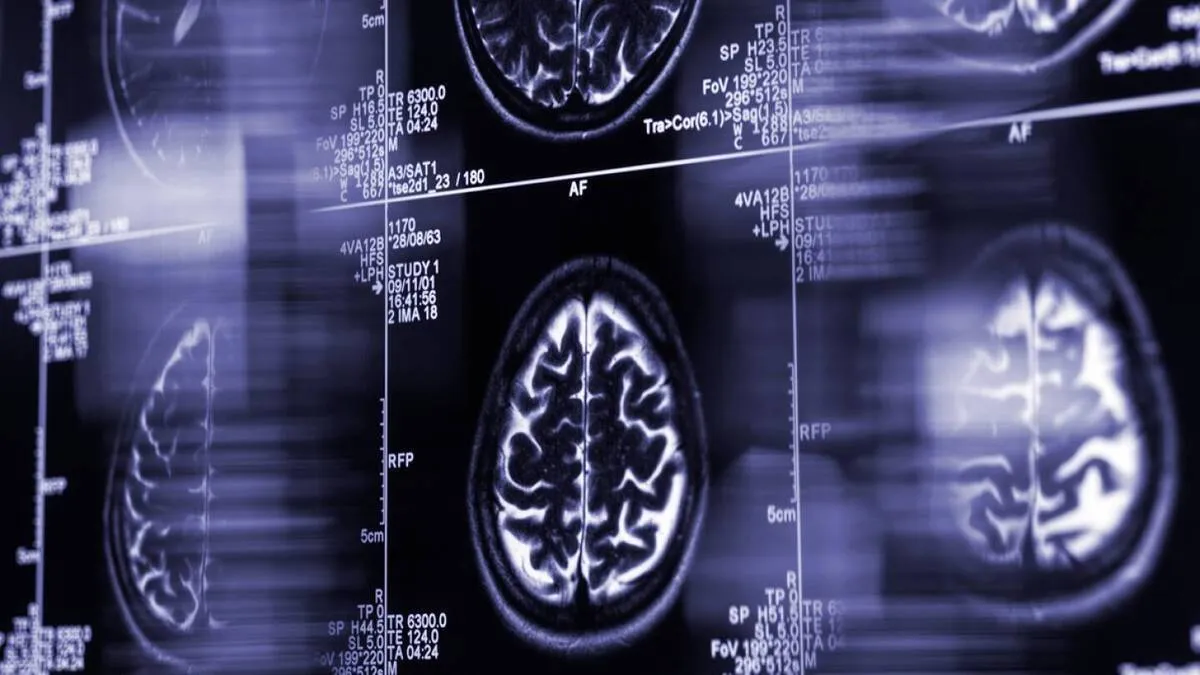This Tau Brain Scan Could Predict Alzheimer’s Early

It works well in Hispanic and White adults who also have amyloid buildup, but not in Black adults, highlighting the need for more diverse studies, the journal Imaging Neuroscience reported.
Researchers at the Keck School of Medicine of USC have uncovered a new brain scan marker that could help identify early signs of Alzheimer’s disease. The discovery comes from the Stevens Neuroimaging and Informatics Institute and is part of a large national study focused on brain aging and health disparities. Their work could lead to better tools for detecting Alzheimer’s risk, especially in Hispanic and White adults.
The team used a special type of brain scan called tau PET, which tracks a protein known as tau that builds up in the brain and contributes to Alzheimer’s. By studying more than 675 older adults, they searched for a clear signal — a “cut-point” — that shows when tau levels become high enough to suggest early memory decline or other symptoms.
Tau PET scans make it possible to see how much tau has collected in the brain using a safe, low-dose tracer. If tau levels pass a certain threshold, it may mean the brain is on the path to Alzheimer’s. This new cut-point could help doctors catch those signs earlier and more accurately.
The research team used the tau PET signal (PI-2620) to compare people with Alzheimer’s disease (AD) to healthy individuals. They found higher tau levels in memory-related brain areas, especially in the medial temporal lobe. This helped distinguish between healthy and AD groups. A threshold for tau positivity predicted cognitive problems well in Hispanic and non-Hispanic white participants, but was less accurate in non-Hispanic Black individuals. Credit: USC Stevens INI
In this study, researchers compared tau PET scans of study participants who were cognitively impaired with those who were not impaired based on cognitive tests to establish a tau cut-point that would indicate a higher risk for Alzheimer’s disease. They found one, but it was only effective in certain circumstances.
“Our tau cut-point was able to distinguish whether study participants had cognitive impairment – but only when another abnormal protein, amyloid, was also present in those with cognitive impairment, and only in Hispanic and non-Hispanic White participants,” said senior author Meredith N. Braskie, PhD, assistant professor of neurology. “In non-Hispanic Black participants, the tau cut-point did not perform as expected. This suggests that other pathologies or conditions may be driving cognitive decline in this group. Our study is an important step toward better understanding how tau relates to cognition in diverse populations and has important implications for future clinical trials that aim to target tau.”
The team used a new imaging tracer, called 18F-PI-2620, to measure tau protein buildup in the brain. They found that when tau levels in the medial temporal lobe—a region deep in the brain—exceeded a certain threshold, it strongly indicated cognitive impairment related to AD.
“While our findings support prior research linking medial temporal lobe tau to cognitive impairment, establishing a cut-point in this region using 18F-PI-2620 marks an important step toward defining tau positivity for both research and clinical applications. At the same time, the limited reliability of tau as an indicator of cognitive impairment in non-Hispanic Black participants highlights the need for more diverse populations in research and for future studies to examine both biological and social determinants of Alzheimer’s disease,” said lead author Victoria R. Tennant, a PhD candidate in USC’s Neuroscience Graduate Program.
The findings reflect a growing focus in AD research on making sure diagnostic tools work for everyone, not just in narrow clinical trial populations. Alzheimer’s disease is known to affect the brain in stages. While amyloid plaques often build up early, tau tangles are more closely tied to memory loss and other symptoms.
“This type of imaging is critical for understanding who is at risk and how the disease develops,” said Stevens INI director Arthur W. Toga, PhD. “These findings are just the latest to come from HABS-HD, which is the most comprehensive study of Alzheimer’s disease and related dementias in diverse communities. HABS-HD has already produced key findings related to ethnic variations in AD biomarkers, the influences of social determinants on cognitive health, and vascular contributions to dementia, just to name a few. We hope this work will lead to more personalized care and better outcomes for all communities.”
4155/v





















